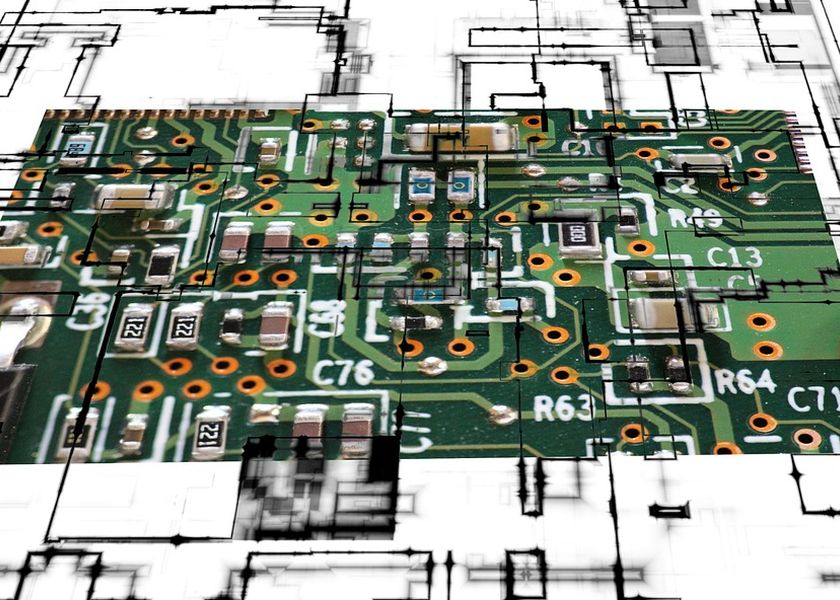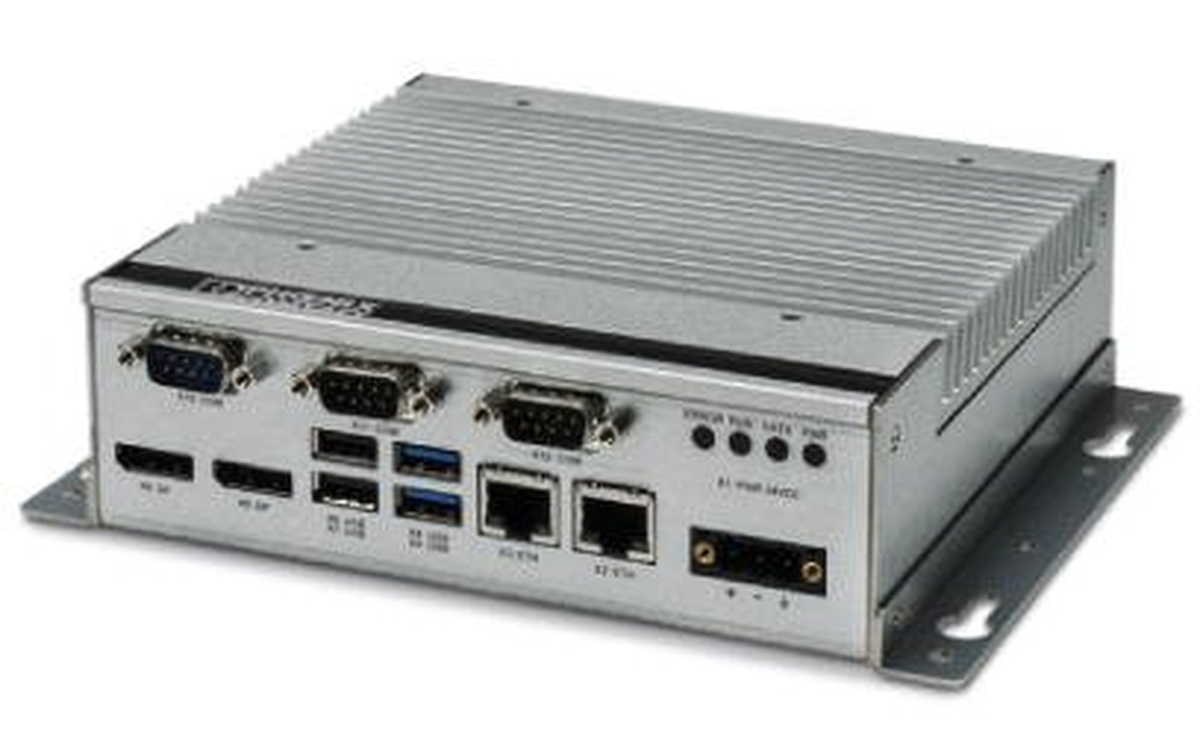IoT node

IoT node Within the IoT (Internet of Things) ecosystem, buildings can be considered as basic cells of the city and can provide valuable and relevant information about the city. It means that they’re just another object in this is environment. We are therefore interested in the information it generates.
The main two features of an IoT node are to manage the interconnection between the building and the rest of the network and to recollect the information generated by itself (all the relevant systems inside the building). In other words, the IoT nodes are the elements within an IoT ecosystem than allow the connection of the physical world with the Internet.

These kinds of devices are conceived as hubs of information from multiple sensors with diverse origins. This information has to be stored (only data considered of interest), processed based on his value, and make it available to higher-level systems (or smart city platforms) through private networks or Internet, for the provision of basic services through open, free and (as far as possible) standardised protocols.
Regarding processing capabilities, it’s a good practice to apply edge computing on nodes, because IoT produces a large amount of data that needs to be processed and analysed so it can be used (for decision making). The purpose of edge computing is to move computing services closer to the source of the data, and that fits perfectly on IoT devices.
In the specific case of the city of Terrassa, the device chosen was the Industrial PC-BL2 BPC 1000 -2404777 (https://www.phoenixcontact.com/es-es/productos/box-pc-bl2-bpc-1000-2404777)
In addition to meeting the requirements of an IoT node, in our case we had additional needs for the further management and monitoring of these devices, such as:
- The operating system used by the IoT node must be Open Source.
- The operating system must be compatible with the corporate monitoring system.
- The Operating System must be compatible with the corporate automation system.
- The device must be compatible with our image distribution system.
- Ability to be installed in a communications rack.
Your cookie preferences
We use cookies and similar methods to recognize visitors and remember their preferences. To learn more about these methods, including how to disable them, view our cookie policy.


